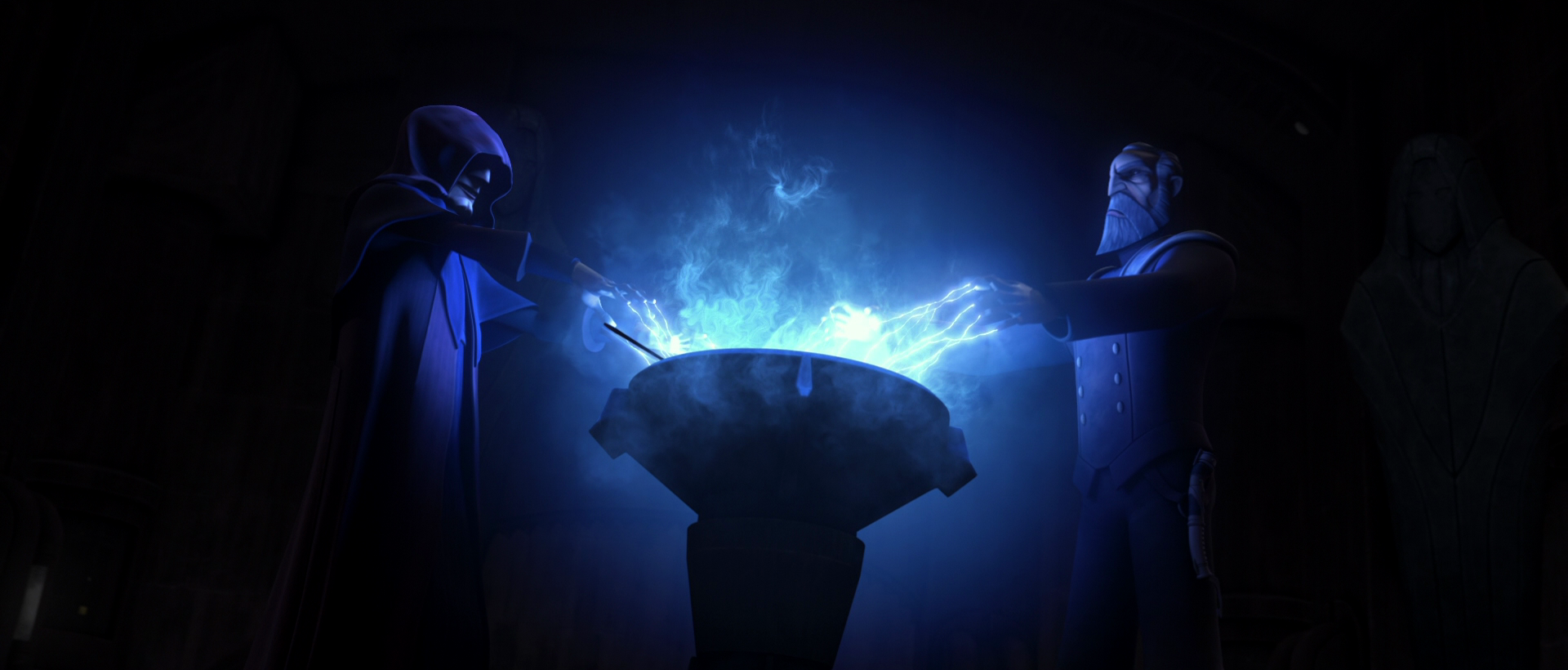ur-Kittât, commonly known as Sith or the Old Tongue, was the runic language of the Sith. It was spoken by members of the Sith Order and the Sith Eternal cult as a secret language and written in a runic form.

Sith rituals were conducted in ur-Kittât, an ancient and forbidden language of the Sith Order.
ur-Kittât was originally spoken by the Sith. It commonly adorned temples, such as the Sith Citadel on Exegol, and their obelisks, such as the ones found outside the Malachor Sith Temple. The writing was also in the tomb of Darth Bane and the Lothal Jedi Temple. The language was also used in Sith rituals. The Ascendant, a cult who were obsessed with replicating the effects of the Force with technology, spoke a mantra in ur-Kittât.
Amidst an effort to quarantine Sith worlds and erase Sith history, ur-Kittât was considered a forbidden language under the Galactic Republic, prompting its Senate to pass legislation around 1000 BBY forbidding droids from translating any texts from it. Despite this prohibition, the Sith continued to use both ur-Kittât and its Balc dialect. Some Jedi were also familiar with how to read and speak the language.

The ur-Kittât writings on Ochi's dagger revealed the coordinates of Darth Sidious' Sith wayfinder.
By the reign of the Galactic Empire, ur-Kittât was known as "the Old Tongue" or simply "Sith." However, it continued to be spoken by Galactic Emperor Darth Sidious, who taught it to his apprentice, Darth Vader. During the Imperial Era, the Ascendant Mantra came to be taught by Sava Iglan'tine Nos at the University of Bar'leth, and she had her classes translate it from ur-Kittât into Galactic Basic. According to Nos, the archaeologist Kho Phon Farrus had the best translation in her class.
The language later came to be etched into a dagger containing the whereabouts of the Emperor's wayfinder, which led to the hidden Sith world of Exegol.

An inscription in ur-Kittât at the Malachor Sith Temple
ur-Kittât was typically written in runes. Several variations of its written form existed, as the text Ahsoka Tano translated outside the Malachor Sith Temple was of a very old form. Line spacing, breaks, and inflection could change the meaning of certain words and sentences, as the Sith Eternal inscriptions concerning the prophecy of the Force dyad between Ben Solo and Rey were almost exactly like the inscriptions describing the Rule of Two.
Although the runic forms of script were the most common varieties of written ur-Kittât, not all Sith were well-versed in the system. As such, some practitioners took to transcribing their alphabet into reflected Aurebesh characters that could only be read backwards. During an expedition of the Lerct Historical Institute in 21 ABY, archaeologists discovered an ancient Sith holocron that was inscribed with the system.
The Sith language originates in the Star Wars Legends comic-book series Star Wars: Tales of the Jedi, published in the 1990s. At the time the language was composed of nonsensical words, composed of unpronouncable consonants. In November 2010, senior editor Ben Grossblatt, who has degrees in linguistics, created the modern functional Sith language for the Book of Sith: Secrets from the Dark Side.
- LEGO Star Wars: The Skywalker Saga
- Star Wars Rebels: Visual Guide: Epic Battles
- Star Wars: The Rise of Skywalker: The Visual Dictionary
- The Star Wars Book
- Star Wars: The Secrets of the Sith
- Star Wars 100 Objects
- Star Wars: Timelines